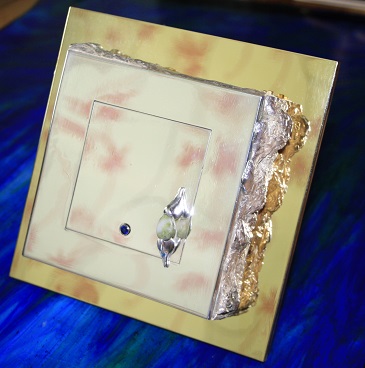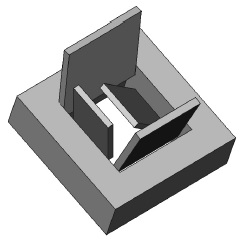Illustrations

The original concept was a simple box with four doors, something that wouldn't take too long to make. It offered up a chance to do something away from the mundane work, work, work for money routine.

As things went along it got considerably more involved and time eating. Basic doors evolved into shutters and sliders. Getting each mechanism to work without interfering with one another created lots of issues to solve.
The problem side of things was a big part of the fun; finding solutions the most rewarding. Computer aided design would have made the process much easier as you can see what fits before you make anything. By doing it all by hand, make, fit and test it much more towards art rather than a pure engineering project. That is what I like to think anyway. Nevertheless, I feel that it was only by holding, feeling, shaping and meddling with the metal, could I really come up with an end product of my liking. I do not think that one can expand an initial idea as much when working at the computer screen.
It has absolutely no utility whatsoever, it is not a clock or some handy device, but it may provide a trifling amount of amusement and encapsulates the, “what's inside?” vibe.